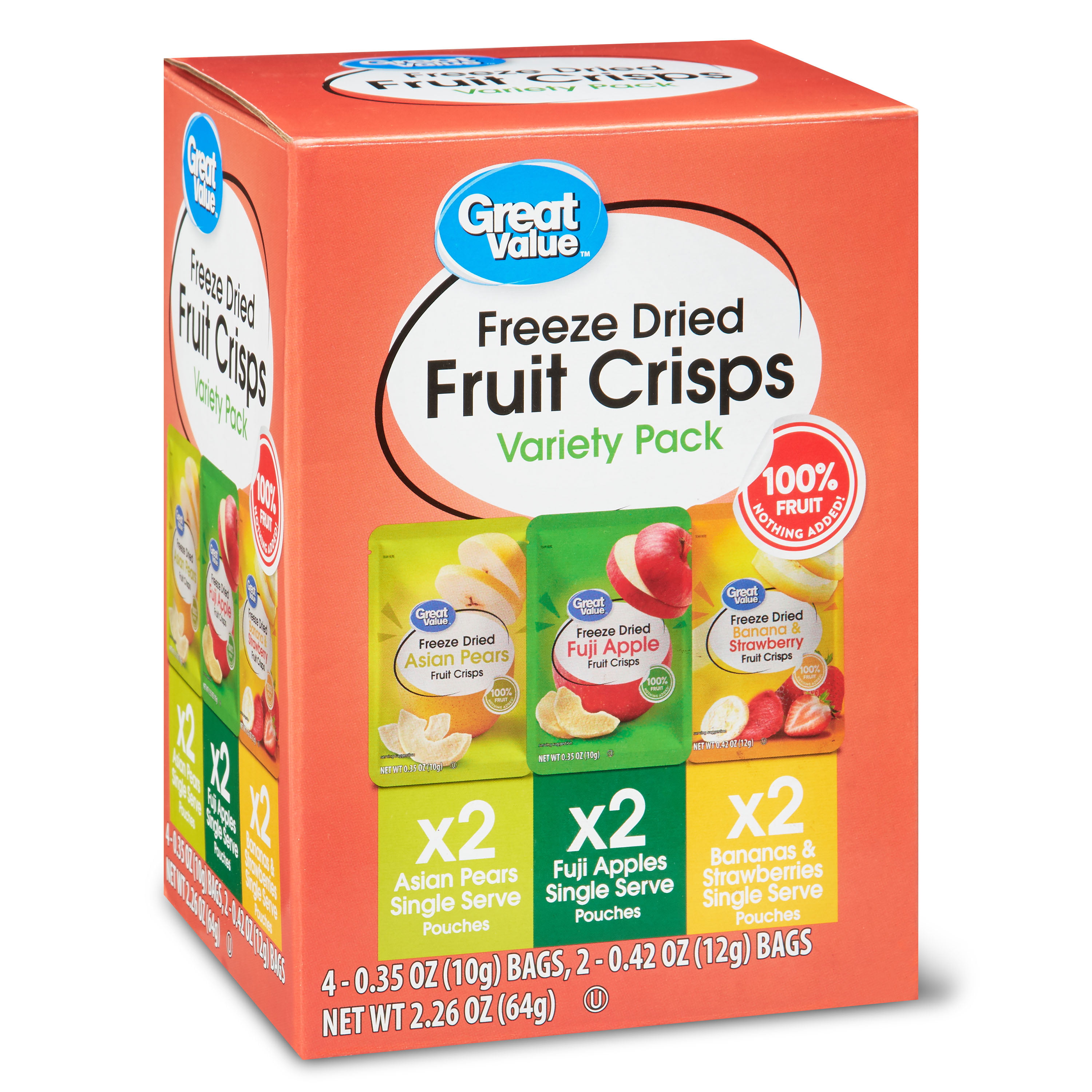

Of the two, freeze-drying offers the longest shelf life, lasting from 25 to 30 years. Shelf LifeĪnother difference between freeze-drying and dehydrating is the shelf life. They’re good choices while also having long shelf lives. īut overall, freeze-drying and dehydration produce healthy foods. Some sources would also mention the heat and air involved with dehydration may destroy vitamins A and C. On the contrary, dehydration may result in higher nutrient losses. Nutritionīoth preservation methods will end up slightly changing a food’s nutritional value, although freeze-drying produces better quality food because it retains 97% of the vitamins and minerals found in its original state. Furthermore, rehydrating these foods can take longer than freeze-dried foods, which makes freeze-dried products almost ready to eat. But once rehydrated, freeze-dried foods regain their original texture.ĭehydrated foods have crunchy and wrinkled textures. When you touch the surface of a freeze-dried piece of fruit, an apple slice, for example, it feels airy and porous. There’s a noticeable difference in texture with dehydrating vs freeze-drying. It will taste as good as it did when it was newly cooked. When you’re ready to eat it, simply add hot water. Freeze-drying doesn’t change the taste of food, whereas dehydration gives food a more concentrated, stronger flavor.įor example, you could freeze-dry a pasta and beef meal for a camping trip. Tate is undoubtedly one of the biggest considerations in product development. Avoid avocados, peanut butter, and fatty meats since fat can go rancid. However, note that certain foods do not dehydrate well. In fact, pharmaceutical products can be freeze-dried (antibiotics, vaccines, cells, tissues, etc).ĭehydration also covers a lot of foods, such as fruits, vegetables, sauces, syrups, fish, and meats.
#Freeze dried fruit vs dehydrated full
Others include coffee, dairy, eggs, meat, full meals, grains, and pet food. You’re not just limited to veggies, fruits, and herbs. This means you can freeze-dry almost anything. Perhaps the biggest advantage of freeze-dried vs dehydrated food is that freeze-drying provides more variety. Among these drying methods, the electric dehydrator offers the most convenience. These machines are bigger, more complex, and able to handle large volumes at once.ĭehydrating food can be accomplished using various methods - laying food in a sunny area, oven-drying, and placing food in an electric dehydrator. Commercial freeze dryers are also available for manufacturers in the food and pharmaceutical industries.

It has a smaller capacity and is easier to use. If you’re just preserving foods at home, a home freeze-drying machine will suffice. To freeze-dry food, you’ll need a special machine called a freeze-dryer. Freeze-drying, on the other hand, was introduced in the 1950s-1960s. People also built still houses in the middle ages if they didn’t have enough sunlight to dry their herbs. There’s evidence showing that dehydration has been practiced as early as 12,000 BC.

Processįreeze-drying is new compared to dehydrating food. Still not sure how they’re different? For a closer look, we’ll consider the most important aspects of freeze-drying vs dehydrating below, starting with the process used to produce these foods. Although dehydrated foods weigh less than their original weight (think of a dried mushroom versus a fresh one), freeze-dried foods end up lighter since they’re 99% moisture-free. What are Dehydrated Foods?ĭehydrated foods are the result of dehydration, which is also a way of preserving food by removing its moisture. They’re very lightweight (since water is removed) and useful for traveling, as well as for emergency food supplies. As the term implies, freeze-drying involves freezing and drying, which lengthens that food’s shelf life and retains almost all its nutrients.

What are Freeze-Dried Foods?įreeze-dried foods are the result of a preservation method called freeze-drying, also known as lyophilization. This guide explores the differences between freeze-dried vs dehydrated foods by looking at the process involved, equipment used, food quality, and more. It’s important to note that these are very unique preservation methods, although both involve removing moisture. You may have heard the terms “freeze-dried” and “dehydrated” when talking about dried foods in general, such as herbs, fruits, and vegetables.


 0 kommentar(er)
0 kommentar(er)
